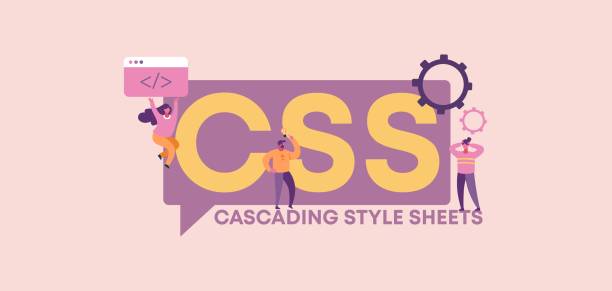What is CSS?
The Style Sheet Language That Brings Webpages to Life
If HTML is the skeleton of a webpage, CSS — or Cascading Style Sheets — is the skin, makeup, and wardrobe.
CSS is what makes websites beautiful, clean, and visually appealing. Without it, every page would look plain and unstyled. It’s the language that controls how things look and feel in the browser — fonts, colors, layouts, animations, and more.
What is CSS?
The Style Sheet Language That Brings Webpages to Life
If HTML is the skeleton of a webpage, CSS or Cascading Style Sheets is the skin, makeup, and wardrobe.
CSS is what makes websites beautiful, clean, and visually appealing. Without it, every page would look plain and unstyled. It’s the language that controls how things look and feel in the browser: fonts, colors, layouts, animations, and more.
How CSS Works (Conceptually)
CSS works by selecting HTML elements and applying styles to them. You can change how things look without touching the structure of your HTML.
The word “cascading” means that styles flow from top to bottom, and the last rule usually wins unless priorities are set. This allows developers to override default styles and customize every aspect of design.
Why Learn CSS?
CSS is one of the core pillars of front-end development. If you want to build beautiful, user-friendly websites, learning CSS is non-negotiable.
Benefits of Learning CSS:
-
Bring your web pages to life visually
-
Customize existing templates or WordPress themes
-
Build responsive, mobile-friendly websites
-
Work with modern frameworks like Bootstrap, Tailwind, or even React
-
Gain creative control over your personal or professional website
CSS in the Web Development Trio
Web development is often described as a trio:
HTML — the structure
CSS — the design
JavaScript — the behavior
Together, they shape the experience of everything you see and do on a website.
CSS is more than just decoration. It’s what gives identity and emotion to a website. It's where creativity meets code. Whether you're customizing your personal portfolio or designing full-scale user interfaces, CSS empowers you to design with purpose.
You don’t need to be an artist to learn it. You just need curiosity, and a bit of patience and soon, you’ll be crafting stunning web experiences.




Leave a Reply